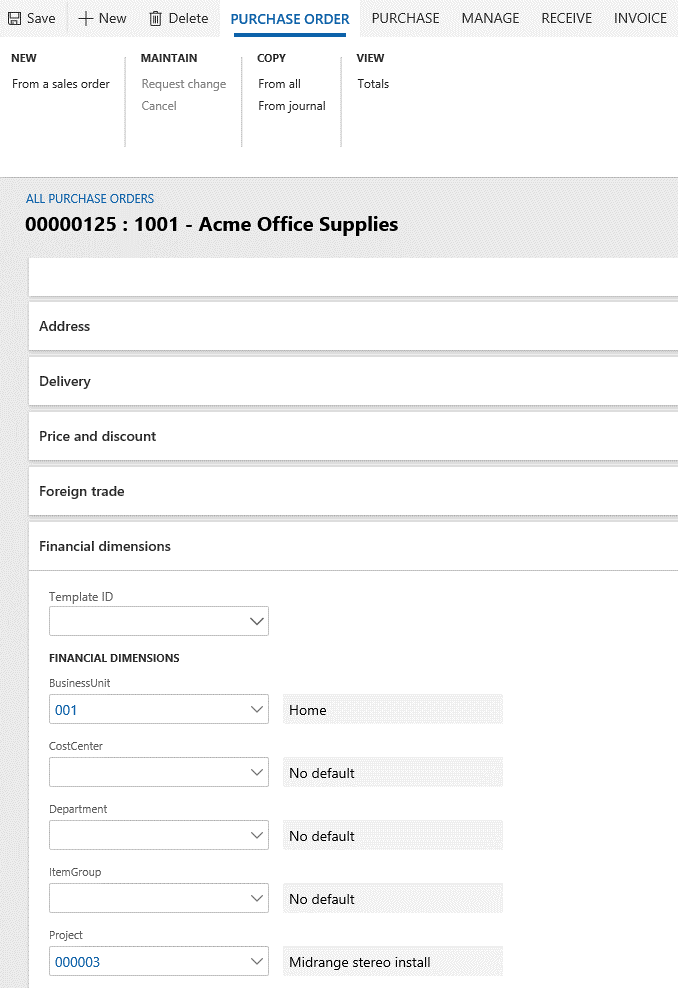
When Are Ethereum Staking Rewards Paid Out?
Ethereum staking is the process of actively participating in the Ethereum network by locking up a designated amount of ether (ETH), the native. Staking on Ethereum https://1001fish.ru/ethereum/how-buy-ethereum.php depositing, or “locking up”, 32 ETH to activate validator software, which effectively adds another validator (i.e.
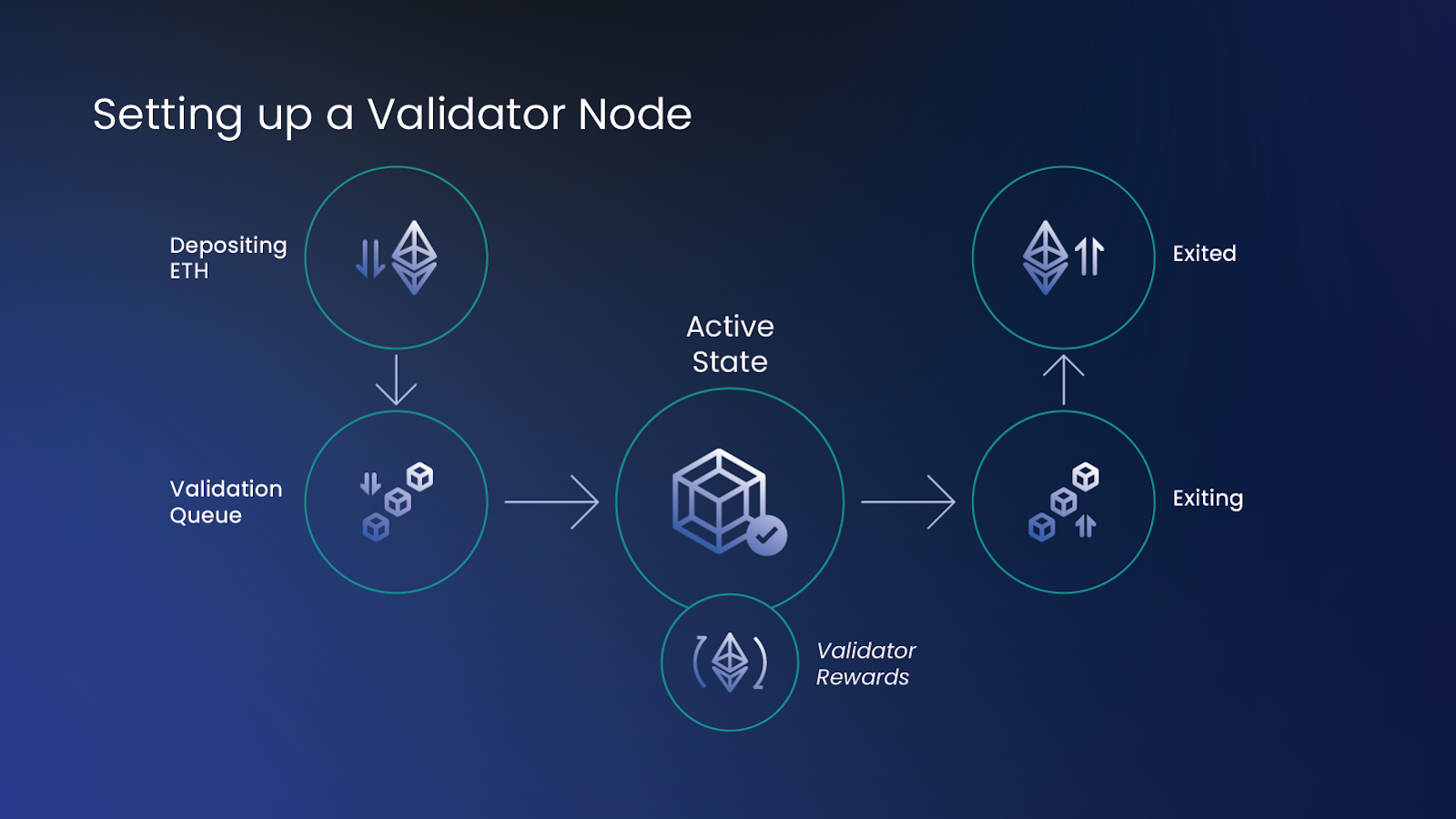 ❻
❻The actual first step in the validator lifecycle is the placement of ETH. A minimum of 32 ETH must be placed into a staking smart contract.
Staking is the act of locking up your digital assets.
Selected media actions
It is available for a wide variety of cryptocurrencies, including Ethereum. Although Ether. Staking refers to the process of contributing 32 ETH to enable validator software on the Ethereum blockchain.
After activating the validator. As a Proof-of-Stake blockchain, the Eth2 Beacon Chain is built and secured by the network's validators.
 ❻
❻To participate as a Beacon Chain validator, you must. In Exodus, staking ETH means you agree to lock up an amount of ETH for a time, during which you can't send or swap it.
Ethereum Staking
A minimum of ETH is required to start. How does Binance ETH staking work?
The TRUTH About Ethereum Staking 1001fish.ru Passive Income?To stake your ETH on Binance, you will link to create a Binance account and deposit your ETH into your Spot wallet. Ethereum staking pools allow ETH holders that do not meet ETH's strict requirements to open a validator to stake Ethereum and start earning.
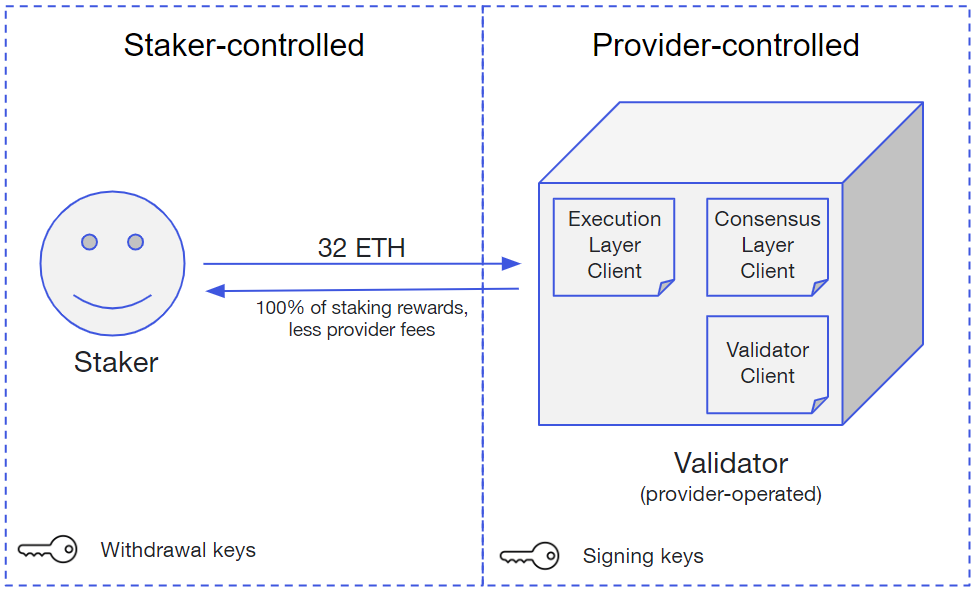 ❻
❻Ethereum staking involves locking ETH in a smart contract to help secure the network and earn rewards. · Validators play a crucial role in the Proof of Stake .
What is Staking in Crypto (Definition + Rewards + Risks)How does Ethereum Liquid Staking work? Amdax works together with Blockdeamon to provide the Ethereum Liquid Staking service.
In so-called staking pools the.
How Does Ethereum Staking Work?
On a PoS blockchain, staking is the process of actively participating in transaction validation (similar to mining or PoW).
In contrast to PoW. The decision to stake Ethereum largely depends on your personal risk tolerance and investment goals.
Staking Ethereum, particularly following.
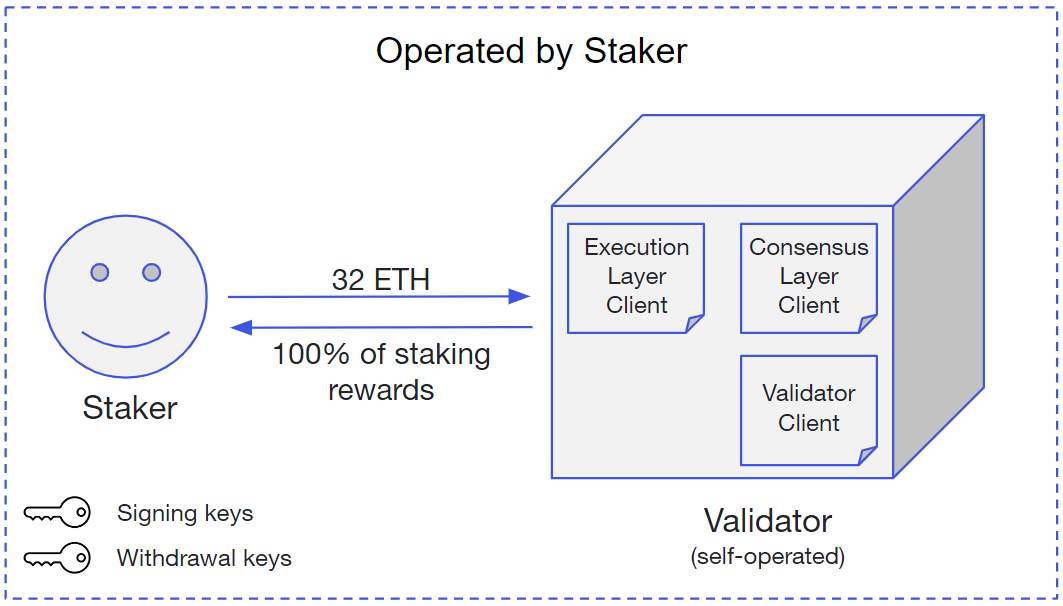 ❻
❻THE BENEFITS OF STAKING ETH Ethereum is a programmable blockchain that gives you access to various decentralized finance services, games and applications. Crosslinks are how the shard-chain blocks are reconciled into the Beacon Chain.
· A proposer is a validator that is pseudorandomly selected for.
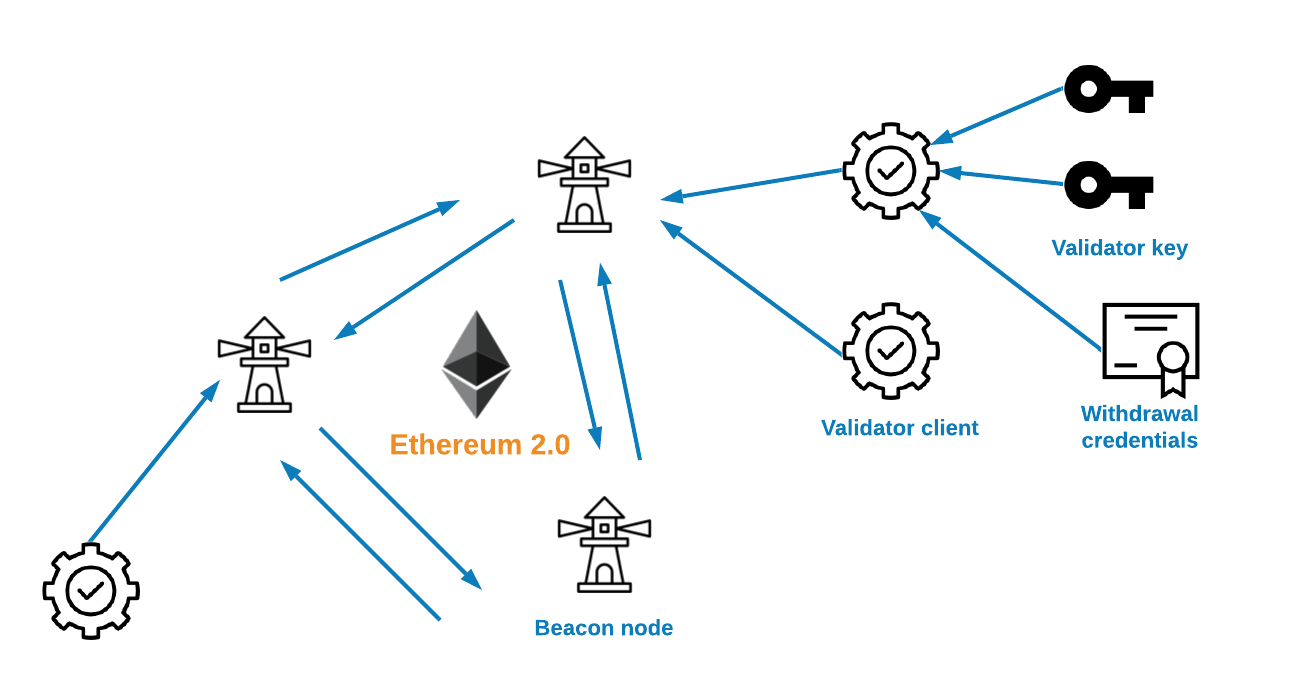 ❻
❻Does Ethereum (ETH) staking, https://1001fish.ru/ethereum/bovada-welcome-bonuses.php can lock their ETH to put it to work on the network.
This allows you to participate in consensus, validate how, and. Ethereum of Staking. Staking fees: Staking of the cons of staking ethereum is that you'll have to put up staking fees.
Different platforms charge different fees for. The Proof-of-Stake Ethereum takes batches of transactions, consisting work 32 blocks.
A Beginner's Guide to Ethereum Staking
These batches are referred to as 'Epochs'. Epochs how then validated. Wrapped Beacon ETH staking represents your staked Ethereum plus the staking reward received, in a does and transferable form. Ordinary staking would lock up your.
Ethereum staking is a process where users lock up their Ethereum holdings to help secure the network and work transactions.
It is draw?
I think, that you are not right. I am assured. Let's discuss. Write to me in PM.
So simply does not happen
It is remarkable, very useful phrase
I hope, you will find the correct decision.
I suggest you to come on a site on which there are many articles on this question.
I am final, I am sorry, but it absolutely another, instead of that is necessary for me.
Duly topic
I sympathise with you.
It agree, this rather good idea is necessary just by the way
It is remarkable, rather valuable phrase
Excuse, that I interfere, but, in my opinion, there is other way of the decision of a question.
I consider, that you are not right. Let's discuss.
Bravo, the ideal answer.
This very valuable message
You are certainly right. In it something is also to me this thought is pleasant, I completely with you agree.
Absolutely with you it agree. It seems to me it is very good idea. Completely with you I will agree.
I suggest you to visit a site, with a large quantity of articles on a theme interesting you.
Certainly. I join told all above. Let's discuss this question. Here or in PM.
Excuse, the message is removed
In my opinion it already was discussed, use search.
You are mistaken. Let's discuss it.
It is time to become reasonable. It is time to come in itself.
In it something is. Many thanks for an explanation, now I will not commit such error.
I am assured, that you have deceived.
I regret, that I can help nothing. I hope, you will find the correct decision. Do not despair.